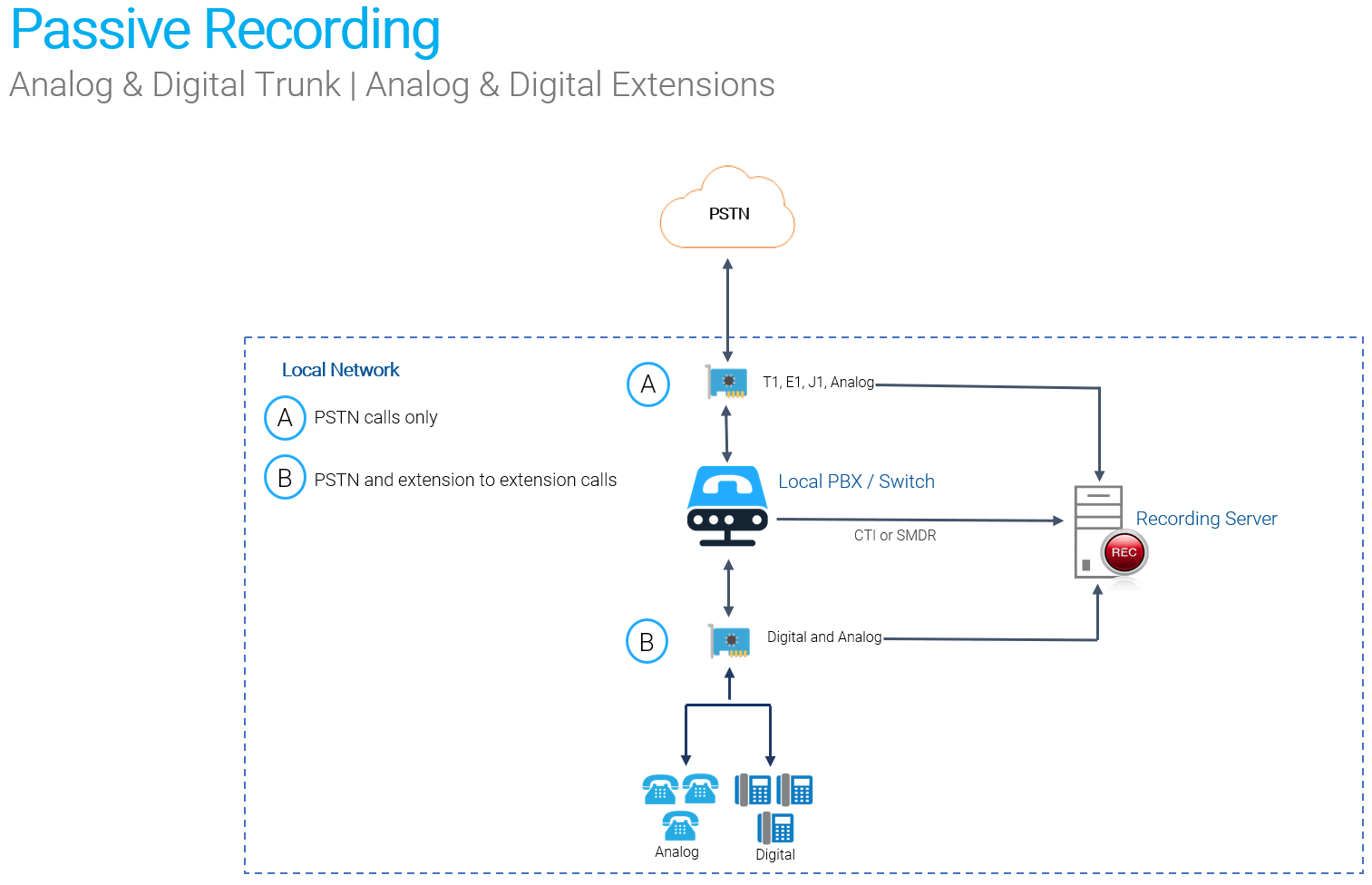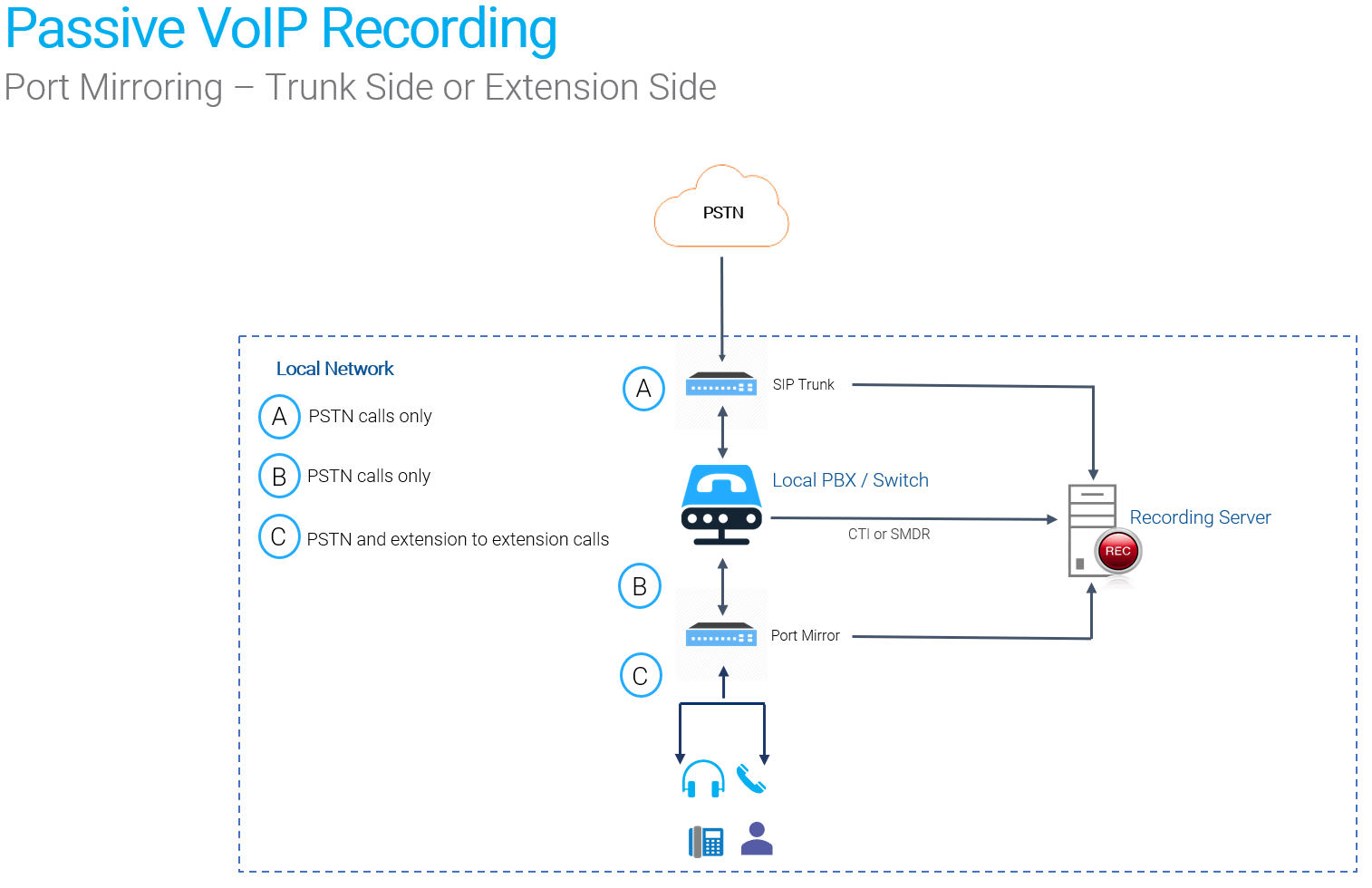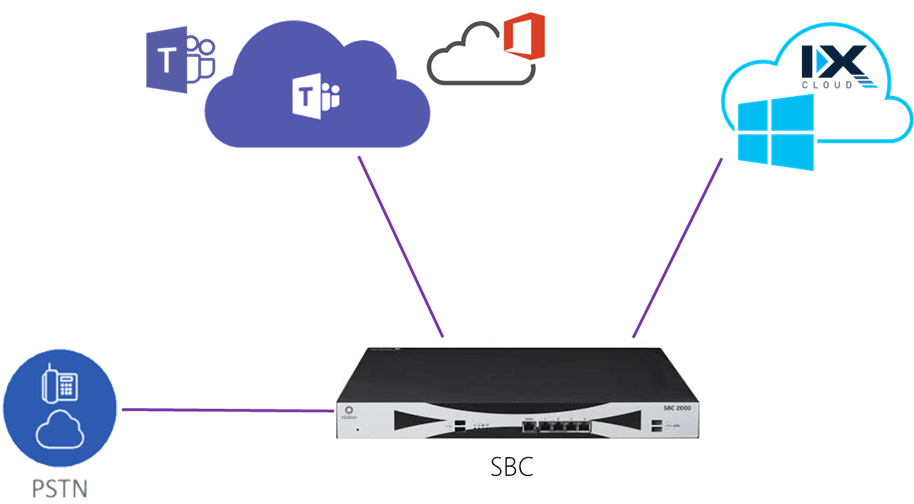We're here to help
Get instant answers to common questions
Frequently Asked Questions
We've compiled a list of answers to common questions.
When uploading recordings or accessing your account via a web browser, a 2048 bit secure SSL certificate is always used. This encrypted communication is both secure and private. We believe that the security of your data is paramount and we take the security of your data very seriously. We offer “industry standard” security and encryption from the cloud through every point of the journey that your call recording takes right to your computer. In addition we have encryption at rest ad allow you to bring your own encryption keys (If you lose those there is no way to retrieve the data) For more information please visit our Security as a Feature pages.
Recordings are hosted on highly available/redundant and distributed architecture in the cloud. OUR Recorders and repositories are built native in the Azure, we can offer options with redundancy and multiple site replication. We offer customers the ability to keep their data in the country (or region) that is pertinent to them to address data sovereignty concerns. So for example, Australian data is stored in Australia, EU data in the EU and US customers will continue to have their data stored in the US etc.
Yes, we have a dedicated-on premise for our customer that want it under lock and key. The on-premises solution is also capable of migration to the cloud as well as a Hybrid solution. Please discuss with us your specific needs.
Currently we have live deployments recording 100’s of concurrent calls.
That said our architecture and design of true cloud native recorders is scalable to any size that the Microsoft Azure infrastructure can support.
No, once the target is configured it will be recorded as long as it can communicate with the recorder.
Record at the trunk, extension, handset or VOIP.

 Each of these phone recording methods has its own pros and cons. In the diagrams you can see where each of these options is in relation to the others. Trunk lines, extension lines, phone handsets and VoIP computer network lines.
Each of these phone recording methods has its own pros and cons. In the diagrams you can see where each of these options is in relation to the others. Trunk lines, extension lines, phone handsets and VoIP computer network lines.
Trunk Lines (before your organization)
Extensions (AT the Device)
Handsets
VoIP
Trunk lines (in green) are the phone lines coming from your phone company and are usually connected to your PBX. In some cases they are connected directly to your phones. The PBX, (Private Branch eXchange), is an in-house telephone switching system that interconnects extension lines (in orange) to phone handsets in the telephone network. Usually you will have less trunk lines than extension lines. The phone handsets (in blue) are what is used to make calls. VoIP travels on your computer network lines (in brown). Our recorder can tap into any of these locations or multiple across your topologies.
Access to recordings are granted by recorder administrator. User access rights can be narrowed to specific channel(s). Action permissions (search, play, monitor download etc.) can also be granted/revoked individually. Permission based access can be very granular and flexible.
It is highly recommended you seek assistance from your legal adviser. This is only a brief overview of general laws and not intended as legal counsel. Overviews in these FAQ are only intended to encourage you to verify the requirements that pertain to your business.
(this is purely a for informational purposes and you must confirm with your own legal requirements to ensure compliance)
A BRIEF OVERVIEW OF U.S. STATE AND FEDERAL LAWS
One or two party consent
In the U.S. the individual states have different laws concerning telephone recording. These fall into two categories: Two party notification, and One party notification. Two party notification means both parties being recorded in a conversation must consent. One party notification only requires one of the parties being recorded to consent. Consent is usually granted by a notification recording at the beginning of the call, or with a audible beep tone. The California Supreme Court decision in Kearney v. Salomon Smith Barney, Inc., S124739 (July 13, 2006) showed that in a call from a One party consent state to a Two party consent state the Two party law takes precedence.
Which states have two party consent laws?
States with two party consent laws are California, Connecticut, Florida, Illinois, Maryland, Massachusetts, Michigan, Montana, Nevada, New Hampshire, Pennsylvania and Washington. All other states have one party consent laws, but even if your company resides in a one party consent states, if it might make calls to two party consent states it should either provide notification to both parties or not record these calls.
Telephone recording in businesses
Federal law requires the notification of at least one party in a call (18 U.S.C. Sec. 2511(2)(d)). However there is a “business telephone” exception that allows employers to record calls on phones they provide to employees.
The FCC defines the methods that can be used to obtain consent as:
Verbal or written consent given before the recording is made.
Verbal notification before the recording is made. (This is the most common)
An audible beep tone repeated at regular intervals during the course of the call.
Using recordings as legal evidence
One of the top uses of telephone recorders in business is to deter or protect against lawsuits. To do this the consent laws must be observed particular to the state called from and called to. Due to interpretation and exceptions particular to individual states the safest course of action is to get consent from both parties by giving verbal notification at the beginning of the call or having an audible beep tone.
It is highly recommended you seek assistance from your legal adviser. This is only a brief overview of general state laws and not intended as legal counsel.
References
The FCC on phone recording
RCFP information on recording
Call recording laws in UK depends on a number of factors. One, whether a business or an individual is recording, and two, whether the UK is still part of the EU or has exited (scheduled to exit sometime in 2019).
If recording as an individual, the UK laws govern and we highly recommend you review these. A resource may be found here. Since we are in the business of recording business phone lines, we will address this issue.
Business Recording
Two main laws currently apply, and modification and adjustments will depend on the status and how the UK exits the European Union. The GDPR that recently was amended and took effect May 2018, superseded the individual states recording laws within the EU. The UK DPA 2018 law is in place to both incorporate the EU GDPR, as well as interpret some areas the GDPR left to individual states (countries) to interpret and implement.
Depending on the status and how BREXIT occurs, the DPA 2018 will handle the recording requirements/regulations differently, as there may be delays as to when the DPA 2018 officially incorporates its own rules and regulations, but, it is likely it will mirror the current GDPR.
Also, note, a UK business may still have to follow the GDPR after the UK leaves the Union, due to the GDPR requiring those who keep records or track citizens within the EU must also follow the GDPR.
For details please go here:
https://www.itgovernance.co.uk/eu-gdpr-uk-dpa-2018-uk-gdpr
https://www.itgovernance.co.uk/data-protection
It is highly recommended you seek assistance from your legal adviser. This is only a brief overview of general laws and not intended as legal counsel.
The GDPR that recently was amended and took effect May 2018, superseded the individual states recording laws within the EU. The GDPR did leave some space for individual states (individual countries) to determine how to govern and implement. Thus, for many states, reading both the GDPR and their specific controlling law state law is highly recommended. For a basic overview of the GDPR, please visit the site below:
https://www.itgovernance.co.uk/data-protection-dpa-and-eu-data-protection-regulation
Yes, we record teams
We are one of the Several venders selected to work with Microsoft on its soon to be release APIs for Teams which will allow software vendors to create solutions to integrate and enrich Microsoft Teams.
This new Recording Bot accesses & integrates to Microsoft Teams using the Microsoft Graph API and the Microsoft Local Media SDK. This recording solution for Microsoft Teams allows customers to record and archive voice, video, screen and application sharing and chat, what’s more we store it in our Native Azure repository
How it works, It records calls using a Bot which is deployed as part as our native SaaS offer in AZURE and loaded into Teams as an application. This bot connects to your Teams tenancy using the calling APIs which are still in public preview. We then Leverage the Microsoft team’s compliance center to manage the target and records specific users’ calls by conferencing in the Teams Recording Bot and streaming the media to the recording server for processing and storage.
P.S right now we cannot all have it as Teams recording and the APIs are in public preview, this solution should NOT be considered as generally available.
But We do have it running in our labs.
Reach out if you want to find out more.
Microsoft Teams Compliance Recording API’s

Microsoft Teams / PSTN calling via Direct Routing (SIPREC to IXCloud)

Numonix IXCloud SaaS products offer a multi-tenant service. This means that our products are used concurrently by a number of subscribers. In order to facilitate optimal operations and performance we forecast usage based on demand. We then negotiate the best options to keep the cost to our end users as low and competitive as possible. If a single customer and or user places continuous high demands on the service then it is possible that this will have a knock-on effect for other users.
The vast majority of our customers use their service considerately and their usage levels are not disproportionately and within acceptable industry norms. Even though only a very small number of our customers may use the service inappropriately, their activity has the potential to affect the others.
Our Fair Use Policy is to manage the few that may be inappropriate in their use and makes sure the service is better for all.
VoIP, short for ‘Voice over Internet Protocol’, is the transport of voice communications and multimedia sessions over Internet Protocol (IP) networks rather than through the old telephony technology of PSTN.
Voice is converted to voice data packets that are transferred to and from your network to your VoIP carrier.
VOIP allows lots of fantastic stuff, like modality, soft phones and recording
To get a little more technical
VoIP calls travel digitally on computer networks rather than via dedicated telecom cables. Some phones even connected via Wi-Fi. Because there are no wires dedicated only to phone calls, recorder cannot be connected to recorded line in conventional connection sense.
All VoIP recording methods fall into two categories:
Passive recording – which is based on Network traffic sniffing or network traffic filtering. This is usually done by connecting recorder to network switch mirror (or SPAN) port, rather than phone lines. Via the SPAN port, the recorder will “sniff” for signaling and RTP (Real Time Protocol) packets that correspond to recorded calls. Ability to record often limited with ability to send required traffic to specific mirror port. On large and complex networks sending required traffic to specific mirror (SPAN) port could become a complex task due to routers and firewall policies, which is far more technical and beyond the scope of this FAQ.
Terminating recording – which applies to all recording methods making recorder part of the call. With terminating recording, recorded device or PBX sends copy of the conversation to the recorder. Recorder becomes kind of silent participant of a conference call. Cisco BIB (built-in-bridge) or SIPREC based recording falls into this category.
‘Port Mirroring’ is a feature of an Ethernet/network switch that takes a copy of all network traffic seen on one or more ports connected to your VoIP handsets, soft-phone computers or mobile devices) PBX and sends it to a specified port where the recorder is.
